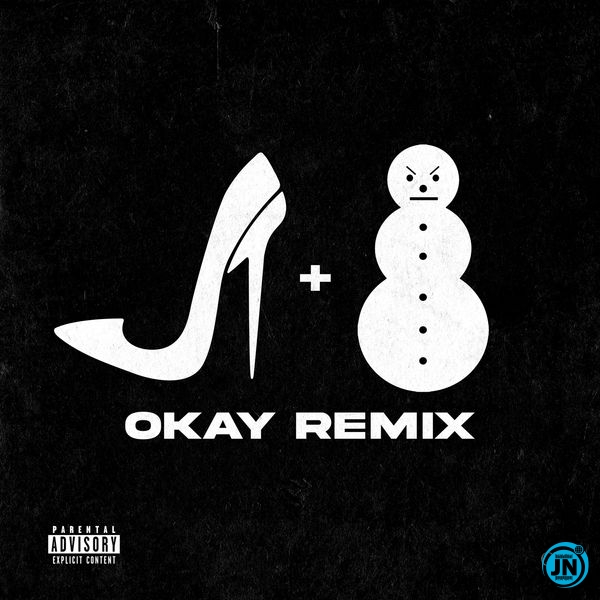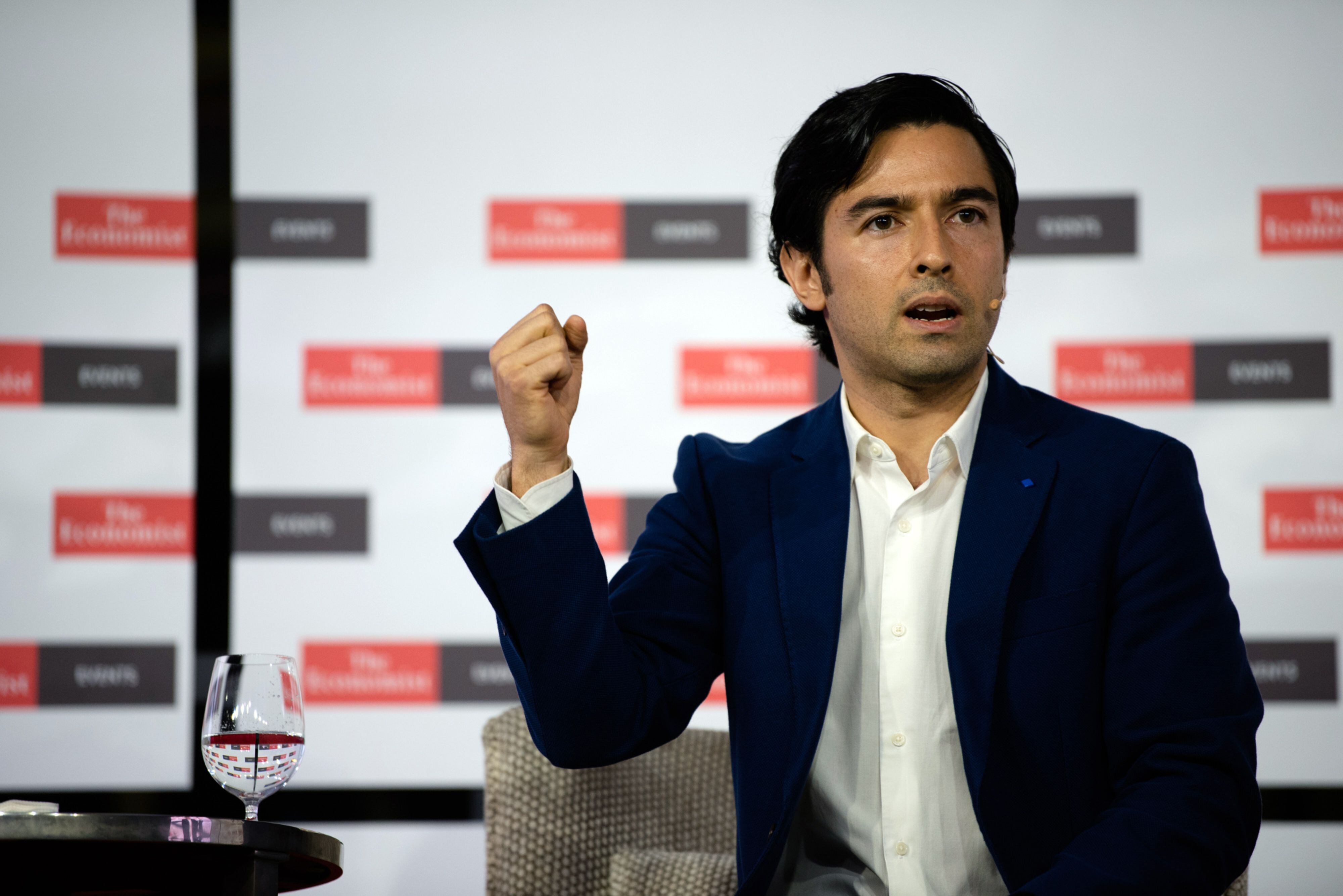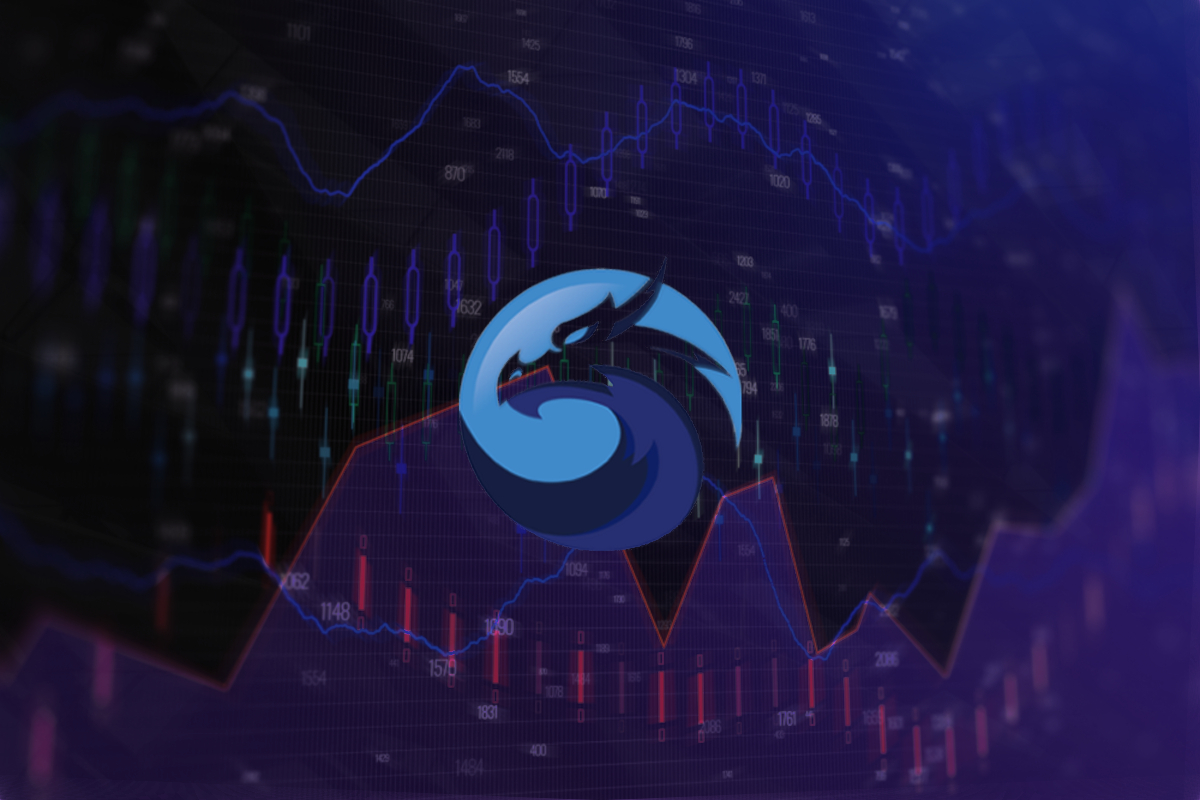The Indian economy showed signs of recovery amid uncertainty in 2021. Whether this will sustain in 2022 will depend on policy measures.
The revival, following the pandemic-induced slowdown, was underpinned by robust growth in manufacturing and services. However, 34% of the CEOs remained wary of the omicron variant of covid-19, according to a poll by the Confederation of Indian Industry.
The Union finance ministry, on its part (pdf), is pinning hopes on the pace of vaccination. The central bank is likely to scale back its massive monetary support, gradually though, as its counterparts across the world move towards higher rates.
Economic growth
After registering the sharpest contraction of 7.3% in 2020-21, the country’s gross domestic product (GDP) expanded at 20.1% year-on-year in the June quarter of the financial year 2022; the figure was 8.4% for the September quarter.
This was fuelled by a pick-up in manufacturing but also reflected the low-base effect. Some sectors meanwhile were worse off than others and that divergence is seen in recovery as well.
Measured in constant prices, though, the September quarter GDP figure stayed the same as two years ago. So there had been no economic growth in absolute terms. With the advent of omicron, a third possible wave could jeopardise even this nascent recovery in 2022.
On the other hand, the International Monetary Fund (IMF) and the World Bank expect India to become one of the world’s fastest-growing economies, but again, not without challenges.
Employment scenario
The employment rate for men, who constitute a majority of the labour force, was no better in any month of 2021 than in 2019. The higher figure for women, however, somewhat moderated the overall rate.
The overall unemployment levels rose again from 7.97% in April to 9.17% in June, according to Centre for Monitoring Indian Economy (CMIE) data, after several states imposed lockdowns to control the covid-19 second wave. With the economic recovery, by November, employment nationwide had improved to 7.00%, that is pre-second wave levels.
The recovery in the labour force participation rate (LFPR), the percentage of the population either working or actively looking for work, has been much less for men. Compared to 2020, the year-on-year improvement in LFPR was substantial only in April and May, because of a low base.
The employment situation in India is alarming, analysts said, because a loss of jobs reduced the country’s purchasing power, contracted consumption demand, and pushed millions into poverty.
A CARE Edge report showed that 28 sectors registered job losses in 2021, while only seven showed an increase.
Central government finances
The government’s receipts took a beating in the financial year 2021 due to the pandemic and the lockdown it sparked.
This prompted it to reduce expectations to just 19.76 lakh crore rupees ($263.70 billion) this year, 12% less than what was budgeted before the pandemic. However, data up to October suggest that the final figure might exceed expectations.
This means the potential to spend more this year.
Inflation concerns
The global oil price surge spilt into the domestic scene this year, singeing Indian households. So much so that the government resorted to slashing indirect taxes to control inflation.
The nature of inflation this year is somewhat different from last year. Analysts noted a moderation, particularly due to the low-base effect. This, however, is expected to wear off soon with price pressures becoming more evident in input costs at manufacturing units. Retail inflation was already at a three-month high of 4.9%, according to the November consumer price index (CPI) data.
Food inflation, too, played a key role thanks to supply-chain disruptions. After all, food expenditure makes up 40% of an average Indian household’s budget.
Meanwhile, wholesale prices surged to a 12-year high of 14.23%, and that is worrisome. This rise was mainly due to an increase in manufacturing and food prices. This will eventually begin to reflect in higher retail price-rise.
RBI policy response
The RBI’s mandate is to keep inflation at 2%-6%. The year 2021 has been another year of balancing the growth-inflation dilemma for the central bank. Next year, the focus is likely to be on managing the transition to higher interest rates.
Analysts believe the central bank will provide more details on its strategy to normalise the credit policy in February. It has so far maintained its stance as accommodative to support growth, but that could change in the next policy as the focus turns towards inflation, particularly core inflation.
This is very well likely to impact capital inflows into the country and, in turn, affect the rupee.
Note: This article have been indexed to our site. We do not claim legitimacy, ownership or copyright of any of the content above. To see the article at original source Click Here













